#YoW Year of Worldbuilding
#WiF Worldbuilding in Fantasy
Introduction:
My blogging theme for 2020 is worldbuilding in Fantasy, chiefly because it's one of the vital elements that holds all the different strands of the genre together. I also believe the distinctive worlds are a big part in what makes Fantasy fiction such fun.
I'm trying to look at a range of Fantasy worlds and types of Fantasy, as well as choosing both older books as well as more recent works. The primary focus, though, is always worldbuilding that has rocked my fantasy-reading world—which means I absolutely can't go past Robin Hobb and her Liveship Traders series, comprising Ship of Magic, The Mad Ship, and Ship of Destiny.
.
.
Ship of Magic & the Liveship Traders Series by Robin Hobb
.
The Liveship Traders is my absolute favourite of Robin Hobb's many series and the worldbuilding is a major reason for that being the case.
Although set in the same world as the earlier Farseer trilogy, which commenced the linked trilogies that make up the larger Fitz and the Fool storyline, the Liveship series is set far to the south of Farseer's Six Duchies. Although the story encompasses a wider geography, the pivotal and defining parts of the worldbuilding encompass the Rain Wilds and Bingtown, with their family-based trading societies, and the sentient liveships that tie them together. Having said this, the Pirates Isles play their part and the whole region is known as The Cursed Shore.
I have always loved sailing ships, and Robin Hobb's Liveship worldbuilding channels the age of sail and many of the historical aspects that accompanied it, including exploration and mercantile expansion, colonialism, slaving, piracy, and the nautical history of the whaling and sealing era. In terms of both the ships and societies, i.e. technology and cultures, the historical ethos "slides" between the 17th and 19th centuries—which I found very 'fresh' when I first read it, and have always enjoyed on rereading, since adventurous and epic fantasy often has a more medieval or archaic world focus.
Fear not, though: this is still fantasy through and through, starting with the highly prized, sentient liveships, which are the only vessels able to survive the acid waters of the Rain Wild river and engage in the lucrative trade of the resource-rich river, including artefacts of the long-vanished but magically and technologically advanced Elderlings. Through the ships, this trade is controlled by the Bingtown and Rain Wild trading families. The magical elements also include the dragon Tintaglia, who plays a vital part in the later story.
Both Bingtown and the Rain Wilds are colonies, but the denizens of the latter are more mysterious, with both men and women always appearing veiled when dealing with their Bingtown counterparts. The reason for this is one of the story's evolving threads, so I shall not reveal more now. In terms of worldbuilding, though, I believe the Rain Wilds are one of the most compelling creations in epic fantasy. The world is not only the liveships and the vast river (think Amazon) with its acidic waters, but the immense impenetrable rainforests that can only be traversed by means of the river. Owing to the challenging and often lethal environment, the mysterious Rain Wild-ers live among the great trees rather than on the forest floor.
In both Bingtown and the Rain Wilds, the societies are shaped culturally and socially by their physical environment, as well as economically—and, as the story progresses through the three books, politically as well, with significant tensions between the colonial societies and the powers that founded them. This also accords with the historical era that gives the Liveship worldbuilding its texture.
But wait, just to underline my point regarding the richness and depth of Robin Hobb's compelling worldbuilding, there's more! The final, major element to the Liveship Traders worldbuilding, which brings in an alien wildness that both contrasts with and enhances the rest, is that of giant sea serpents and their migration across the oceans plied by the liveships and their traders, as well as the pirates. Initially distinct, the story threads of the liveships, the trader communities and pirates, the sea serpents, and the dragon Tintaglia, all come together in the final book.
In short, the worldbuilding of the Liveship Traders trilogy is a longstanding favourite and one that has been a constant traveling companion since I first read Ship of Magic.
Previous Months:
February: The Lion, the Witch & the Wardrobe by CS Lewis
March: A Wizard of Earthsea by Ursula Le Guin
April: Sparrow Hill Road by Seanan McGuire





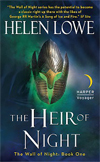
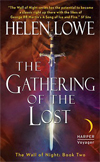
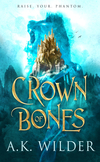
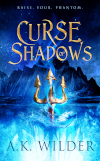
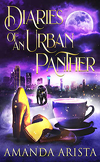
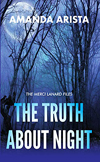

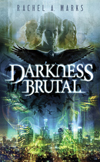
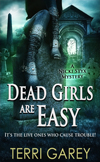
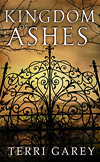
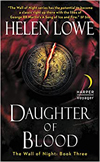
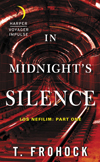

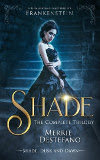

2 comments:
This is such a wonderful series. I love your take on it.
Hey Kim, I'm not surprised you're a fan, too--there's something about fab worldbuilding that always makes our own worldbuilding hearts beat faster. :-)
Post a Comment